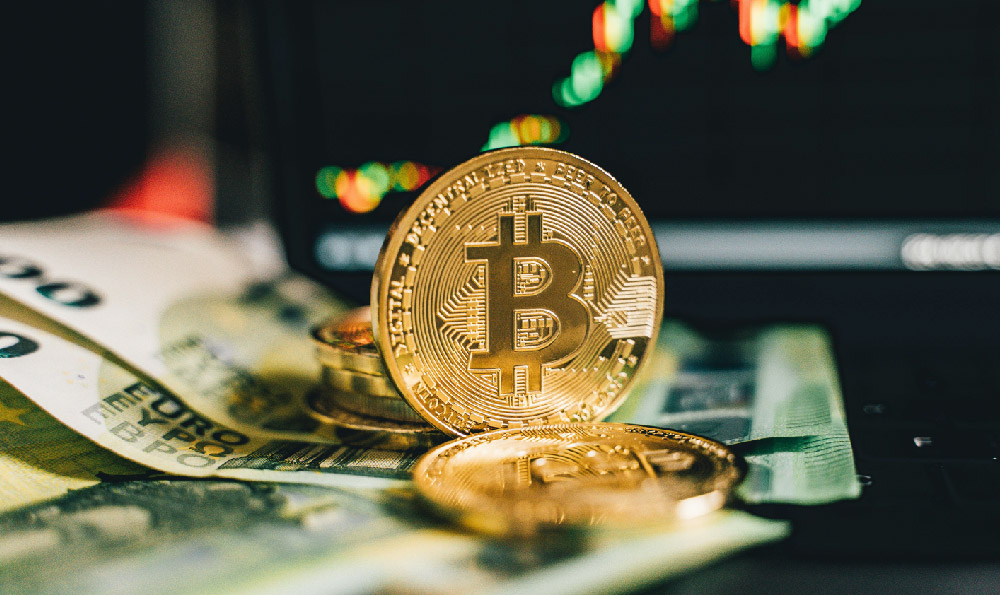How Does Zelle Profit & Is It Really Free to Use?

Okay, I understand. Here's an article exploring how Zelle generates revenue and the nuances of its "free" service, adhering to your specifications regarding length, style, and language:
The Zelle Enigma: Unpacking Profitability and the Illusion of "Free"
Zelle has rapidly become a dominant force in the peer-to-peer (P2P) payment landscape, eclipsing earlier competitors and becoming a household name synonymous with quick, easy, and seemingly costless money transfers. But the sheer convenience of Zelle begs a fundamental question: if users aren't directly paying transaction fees, how does Zelle actually make money? And is it truly "free" in the comprehensive sense of the word?

The reality is, Zelle's profit model is more nuanced than a straightforward fee-per-transaction system. The platform operates as a network, not a standalone financial institution. This is crucial to understanding its revenue generation. Zelle is owned and operated by Early Warning Services, LLC, a company owned by a consortium of major US banks, including Bank of America, Capital One, JPMorgan Chase, PNC Bank, Truist, US Bank and Wells Fargo. Its primary objective isn't necessarily to directly generate profits in the way a fintech startup might. Instead, Zelle's existence is deeply intertwined with the strategic goals of its banking owners: retaining customers and streamlining the payment ecosystem.
Here's a breakdown of the key ways Zelle indirectly profits and how its “free” nature is sustained:
-
Reduced Transaction Costs for Banks: Before Zelle, banks faced a fragmented landscape of P2P payment options, each with its associated costs. Checks, wire transfers, and even older P2P platforms came with processing fees, reconciliation overhead, and potential fraud risks. By consolidating P2P payments onto a unified platform like Zelle, banks significantly reduce these operational costs. Zelle streamlines the process, automating fund transfers directly between bank accounts and minimizing the need for manual intervention. This cost reduction translates into real savings for the banks, contributing to their overall profitability. The cost of supporting and securing multiple P2P systems far outweighs the investment in Early Warning Services, the parent company of Zelle.
-
Customer Retention and Loyalty: In today's competitive banking environment, customer retention is paramount. Zelle provides a valuable service that enhances the customer experience, making it less likely that users will switch banks. The convenience of instantly sending and receiving money to and from friends, family, and even businesses directly from their banking app is a significant draw. Banks that offer Zelle gain a competitive edge, attracting and retaining customers who value this seamless payment functionality. This increased customer loyalty translates to long-term profitability for the banks.
-
Data and Insights: While Zelle doesn't explicitly sell user data, the aggregated transaction data provides valuable insights into consumer spending habits. Banks can analyze this data to better understand customer behavior, tailor financial products, and improve risk management. This data-driven approach can lead to more effective marketing campaigns, personalized financial advice, and better fraud detection, ultimately contributing to increased revenue and reduced losses. The aggregated data allows banks to identify trends, predict future needs of their customers, and personalize financial products that meet the specific needs of various customer segments.
-
Network Effects and Increased Adoption: Zelle's strength lies in its vast network of participating banks. The more banks that join the network, the more valuable the service becomes to users. This network effect drives adoption, further solidifying Zelle's position as the dominant P2P payment platform. As more individuals and businesses use Zelle, the benefits for participating banks increase, creating a virtuous cycle of growth and profitability. The larger the network, the more attractive it becomes to new users and businesses, leading to further expansion and market dominance.
-
Potential for Future Monetization: While Zelle is currently offered as a free service for most consumer transactions, there's always the potential for future monetization. For instance, Zelle could introduce premium features or services for businesses, such as enhanced transaction tracking, advanced reporting, or integration with accounting software. These value-added services could generate direct revenue for Zelle without affecting the core user experience for individual consumers. Another possibility is the introduction of fees for instant transfers above a certain threshold, or for specific types of business transactions. While there are currently no indications that these plans will be implemented, the potential for future revenue streams is always there.
The Illusion of "Free": Hidden Costs and Considerations
While Zelle doesn't typically charge direct transaction fees, it's important to understand that the "free" label isn't entirely without caveats.
-
Underlying Bank Fees: While Zelle itself may not charge fees, your bank may have its own account maintenance fees or other charges that could indirectly impact your overall cost of using Zelle. It's crucial to carefully review your bank's fee schedule to understand any potential charges that may apply. For example, if maintaining a minimum balance is required to avoid a monthly fee and Zelle transactions cause you to fall below that threshold, you will incur a charge.
-
Opportunity Cost: By keeping funds in a checking account for easy Zelle access, you might be missing out on opportunities to earn higher returns in savings accounts, money market accounts, or other investment vehicles. This opportunity cost should be considered when evaluating the true cost of using Zelle. While the convenience of instant transfers is valuable, it's important to weigh the potential benefits against the potential for higher returns elsewhere.
-
Fraud and Scams: While Zelle itself is a secure platform, it's not immune to fraud and scams. Users need to be vigilant about protecting their accounts and avoiding suspicious transactions. If you send money to the wrong person or fall victim to a scam, it can be difficult to recover your funds. Banks may not be liable for unauthorized transactions if you willingly authorized the payment, even if it was to a scammer. Due diligence is paramount.
-
Limited Dispute Resolution: Unlike credit card transactions, Zelle transfers are typically considered final. If you have a dispute with a vendor or service provider after paying with Zelle, the dispute resolution process may be more complex and less favorable to the payer compared to using a credit card.
In conclusion, Zelle's profitability isn't derived from direct user fees. Instead, it's a strategic investment by major banks aimed at reducing transaction costs, enhancing customer retention, and gaining valuable insights into consumer behavior. While Zelle is generally "free" for consumers, it's essential to be aware of the potential hidden costs and risks associated with its use. Understanding the nuances of Zelle's business model allows users to make informed decisions about how to best utilize the platform for their financial needs. The banks see Zelle as an integral part of their overall service offering and a key to competing in an increasingly digital and fast-paced financial landscape.















